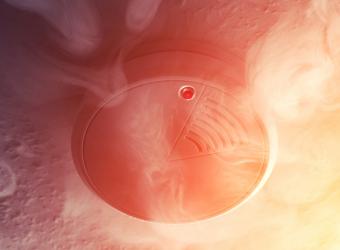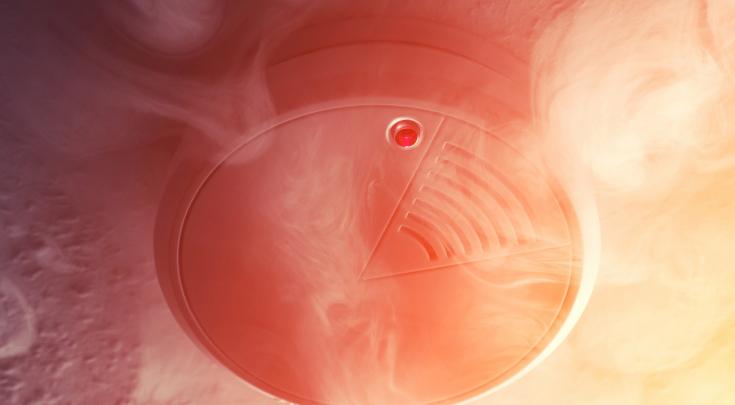Plastic profiles for highest fire protection standards


Flame-retardant profiles without compromise
Safety and fire protection are important aspects in all sectors – when it comes to construction and electrical engineering/electronics, they are fundamental. Typical applications for flame protection profiles include insulation profiles in window construction and power supply and housing components in electronics/electrical engineering. New uses in rail transport and vehicle construction are also on the rise, such as battery components for electric vehicles.
Extruding plastics with flame-retardant additives is generally not easy and often results in reduced technical properties such as accuracy, surface quality, and strength. We achieve the flame-retardant function without compromising on high precision, smooth surfaces, or cost-effective processability – even when high strength is needed. For our flame-retardant profiles we use a modified version of the well-established PA66 GF25, for example. This material, PA66 GF25 V0, fulfills the requirements of the best category in accordance with UL94 V0.
High strength and precision
Free from bromine, halogen, and red phosphorus
A further strength of the compounds we use is that metals are much less likely to corrode when exposed to their flame-retardant additives in a warm and damp environment.
Environmentally friendly

Which material is the right one?
The overview shows which plastics are suitable for which temperatures. A distinction is made between three groups:
Standard plastics, technical plastics and high-temperature plastics.
The first group is classically used in free extrusion and is heat-stable up to 100 degrees.
Engineering plastics, such as the frequently used polyamide, are stable up to 150 degrees.
The third group is still dimensionally stable even at temperatures of up to 300 degrees and is therefore suitable even for the highest requirements, for example in space technology.
In order to fulfil the high fire protection requirements in electrical engineering, all components must be self-extinguishing in accordance with UL94 V0. This high flame resistance is usually achieved by adding additives.

